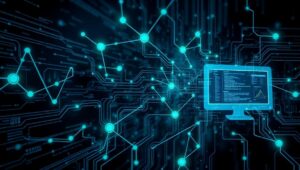June 1, 2025
Attributing Cyber Attacks: Challenges and Implications (2025)
Attributing Cyber Attacks: Challenges and Implications (2025) Attributing cyber attacks, pinpointing the actor or group responsible for a malicious cyber activity, remains one of the most complex and critical challenges in cybersecurity. In 2025, advancements in technology and the evolving threat landscape have further complicated this process. This post examines the key challenges in cyber attack attribution and the significant implications for international relations, cybersecurity policy, and organizational defense. Key Challenges in Cyber Attack Attribution Technical Obfuscation: Attackers employ sophisticated techniques to hide their tracks, including the use of virtual private networks (VPNs), proxy servers, and compromised systems (botnets) to











